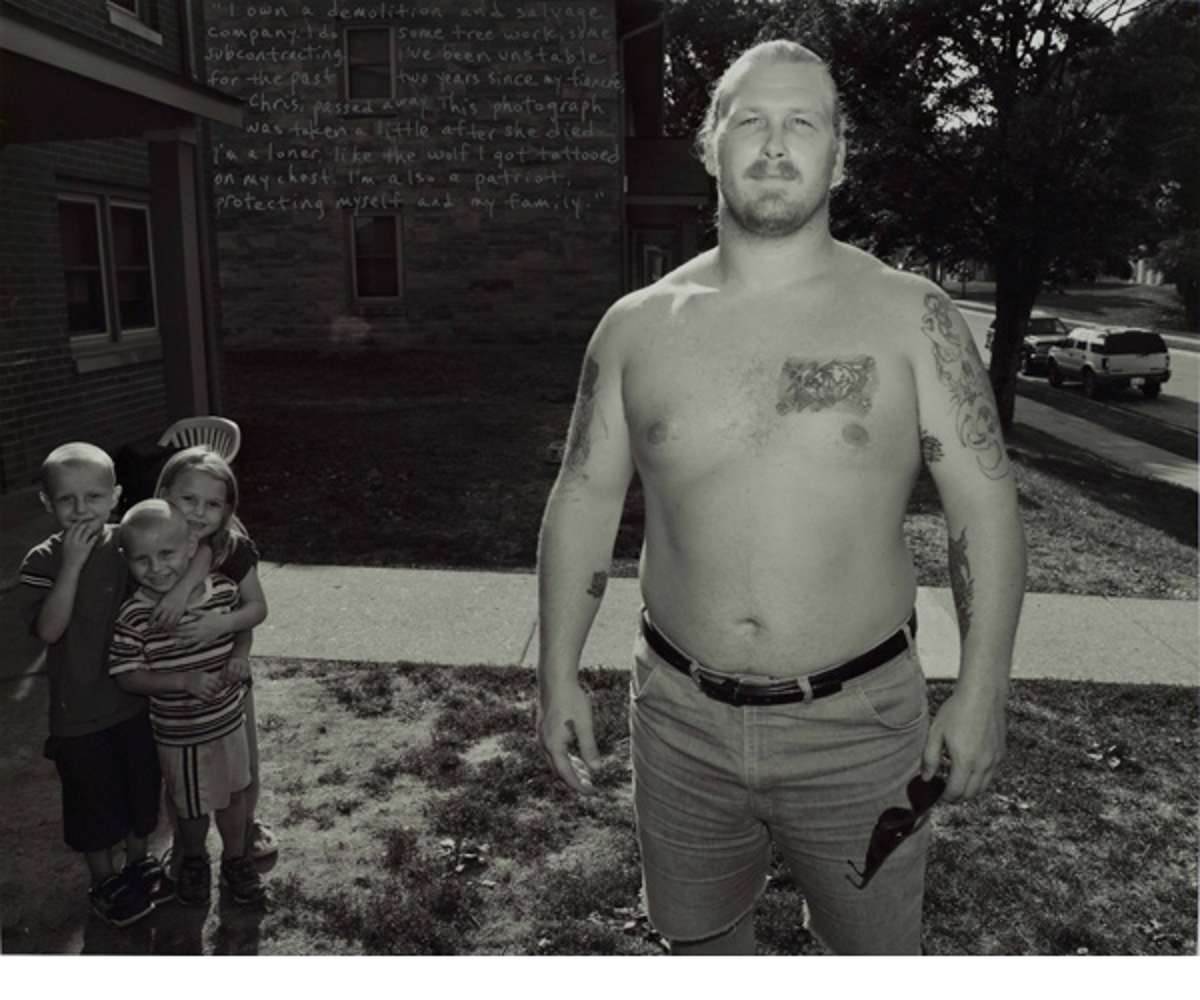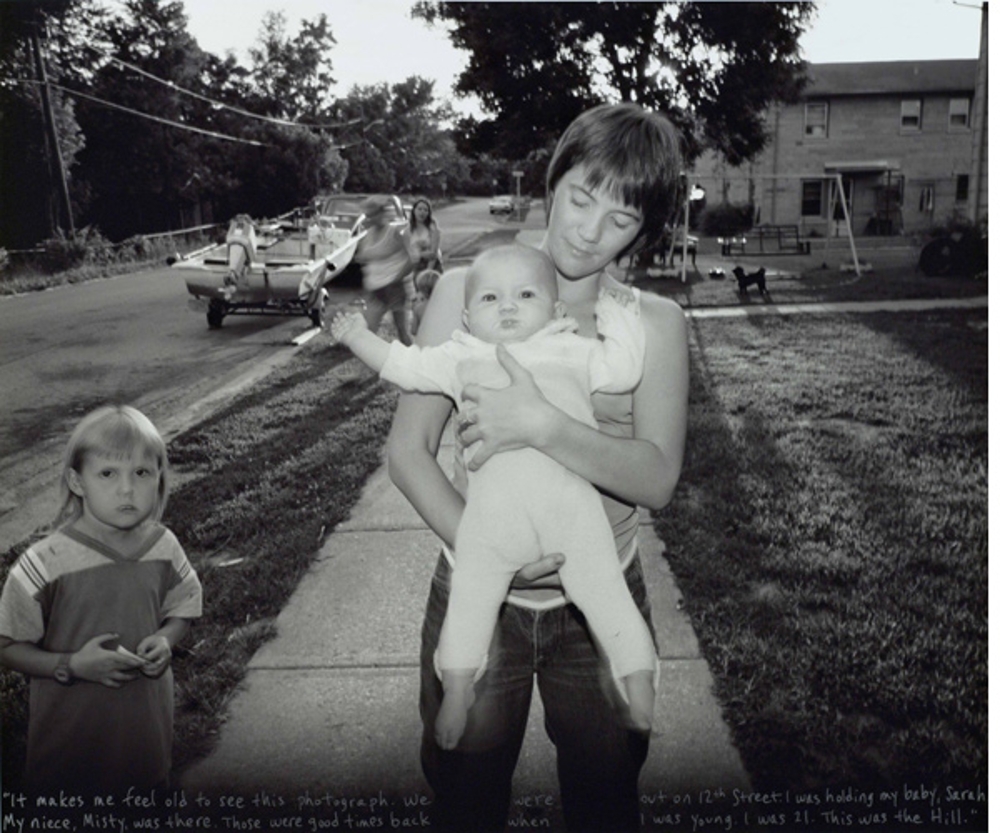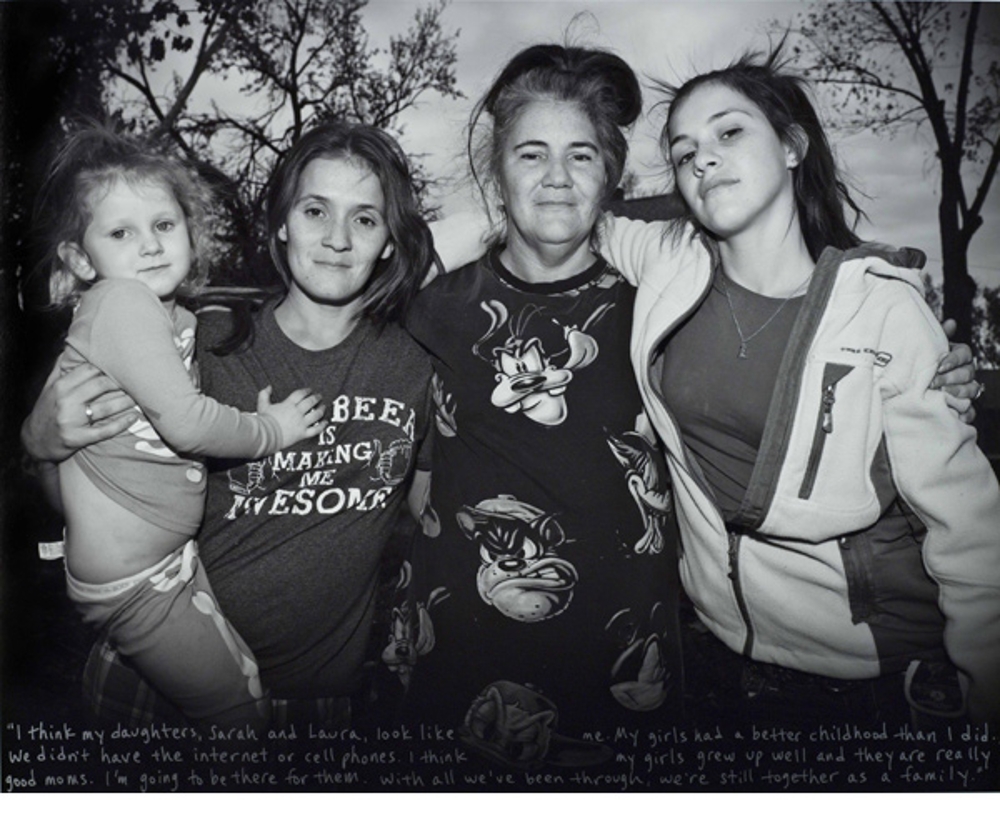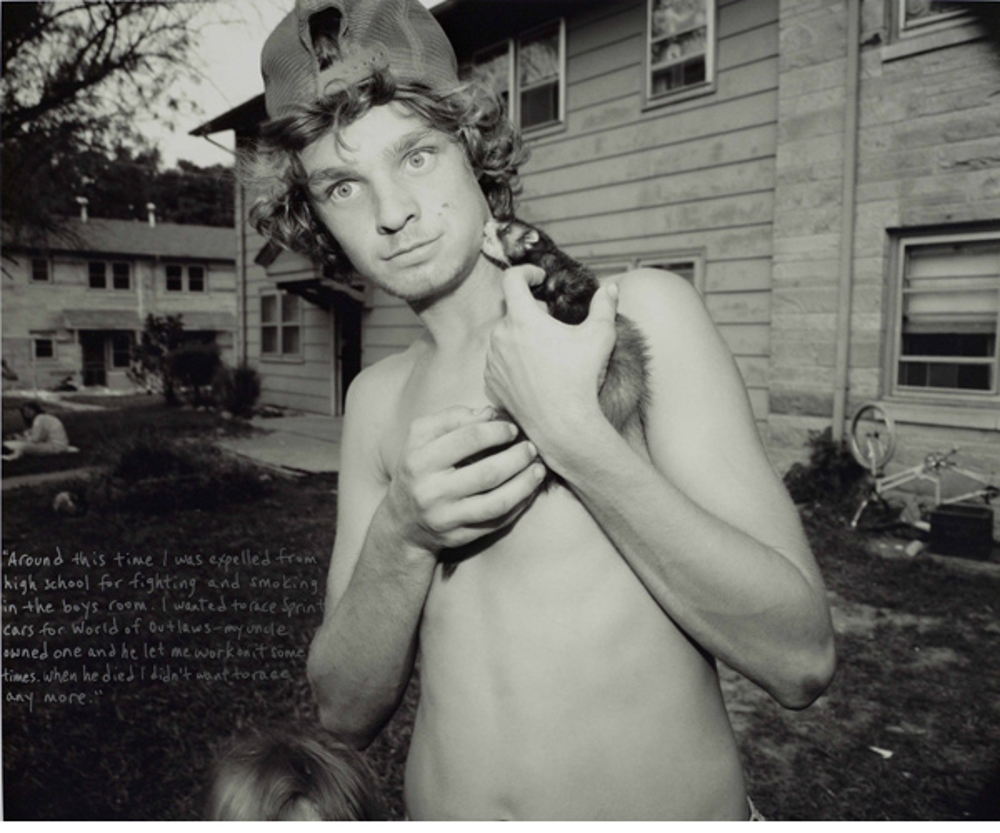Jeffrey Wolin
(American, b. 1951; resides in Bloomington, IN)
Starting his career in the forensic police photography, Jeffrey Wolin creates confrontational portraits about memory, trauma, and identity, often writing narratives or excerpts to interviews with his subjects directly onto the surface of his photographs. Working over several decades, his collective works comprise a variety of subjects, including his own journey from childhood to adulthood as well as stories of Holocaust survivors, Vietnam War veterans, and families living in a housing project near his former home in Indiana. For his Faces of Homelessness series, he states:
"Homelessness is a worldwide problem. Living in downtown Chicago, I am confronted with it every day as I go about my daily life. I see so many different faces, each with a unique and compelling story about how they wound up on the streets requesting money from strangers. Our society is moving in the direction of shredding the social safety net, which will make the lives of our most vulnerable fellow-citizens that much harder.
I know I can just wander around the streets and photograph, but given the sensitive nature of this subject, I’ve decided it’s best to work with non-profit organizations that deal with homelessness every day. To this end, I’ve been working with the Chicago Coalition for the Homeless, which has helped me identify individuals to photograph and interview. I’ve learned from CCH and other organizations that homelessness takes many more forms than just living on the streets and that many other factors besides mental illness and drug/alcohol addiction are causes for this problem.
People live doubled up with friends or family (it is estimated that ~18,000 kids in Chicago Public Schools are homeless); in short or long-term shelters; in hospitals or SRO’s (Single Room Occupancy hotels). There are homeless veterans; individuals and families who were evicted when their residences were foreclosed on; people who had sudden and serious medical expenses that insurance didn’t cover, wiping out their life savings. Job loss, divorce, death of a spouse, domestic violence, lack of affordable housing all drive homelessness. There are working poor who live in tents or their vehicles because housing near their workplace is unaffordable. It is essential that I cover as wide a range of individuals as possible in order to tell a more accurate story.
Along these lines, I’ve begun expanding to include homelessness in Los Angeles as representative of some of the unique issues facing the homeless on the west coast. To that end I’ve been working with Safe Place for Youth and Venice Community Housing to help me identify individuals. I’ve also begun to explore the issue of rural homelessness, which is, yet again, somewhat different than what we see in large urban areas.
My hope is that my photo/text images can contribute to the public conversation about the causes and possible solutions to some of the difficult issues surrounding homelessness and to gain more understanding of this large but rather vulnerable community."
Jeffrey Wolin completed his MFA from the Rochester Institute of Technology, Rochester, New York (1977) and a BA from Kenyon College, Gambier, Ohio (1972). After college, he worked as a forensic photographer in Kalamazoo, Michigan for two years. Wolin has had solo exhibitions at Catherine Edelman Gallery (2014); Galerie Bleu du Ciel, Lyon, France (2013); among other national and international venues. He has received two fellowships from the National Endowment for the Arts (1988, 1992) as well as a Guggenheim Fellowship (1991). His work is held in the permanent collections of the Metropolitan Museum of Art, New York; Los Angeles County Museum of Art; San Francisco Museum of Modern Art; Houston Museum of Fine Arts; Art Institute of Chicago; Cleveland Museum of Art; New York Public Library; Whitney Museum of American Art, New York; Bibliothèque Nationale de France, Paris; and Museum of Modern Art, New York; among others.

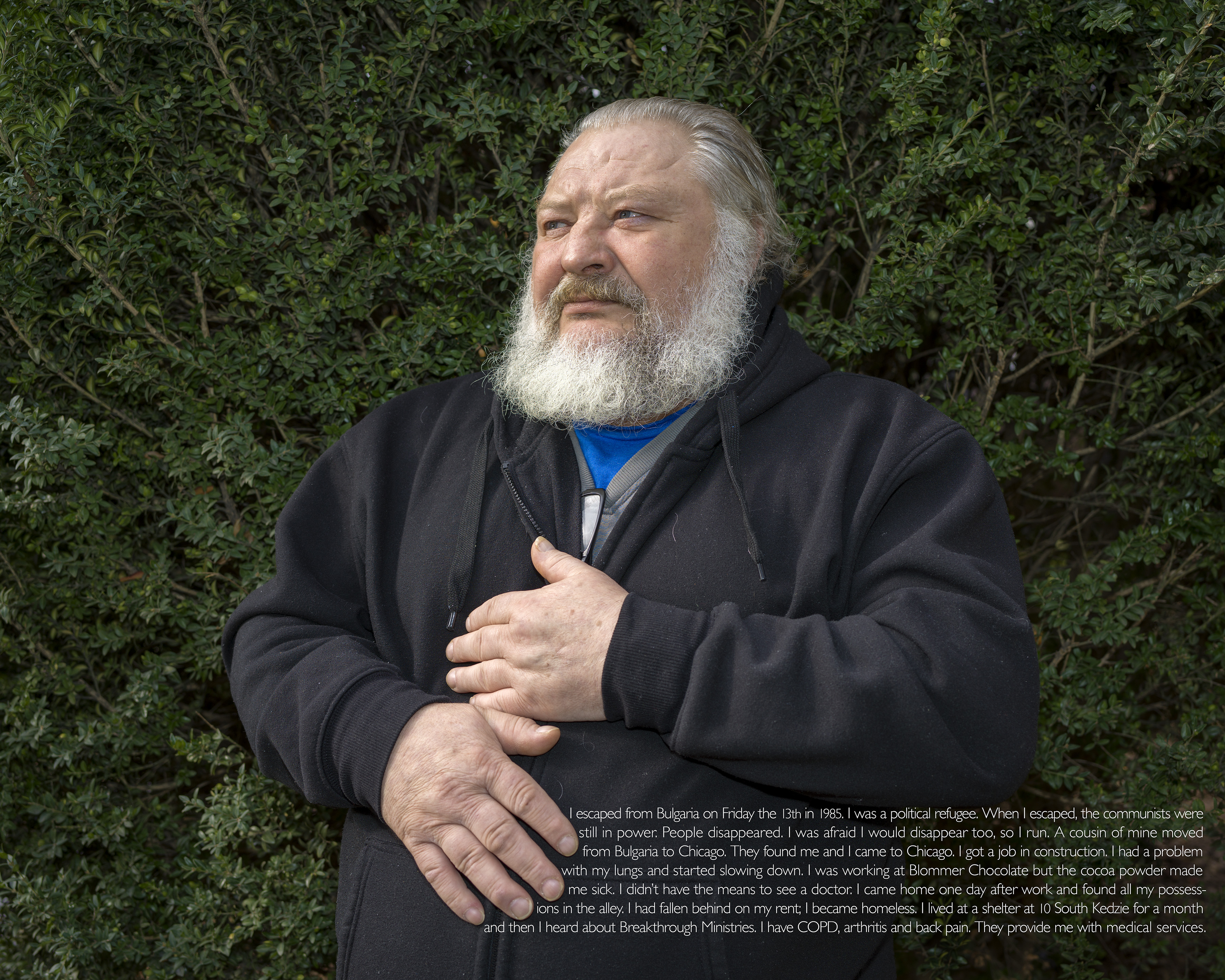


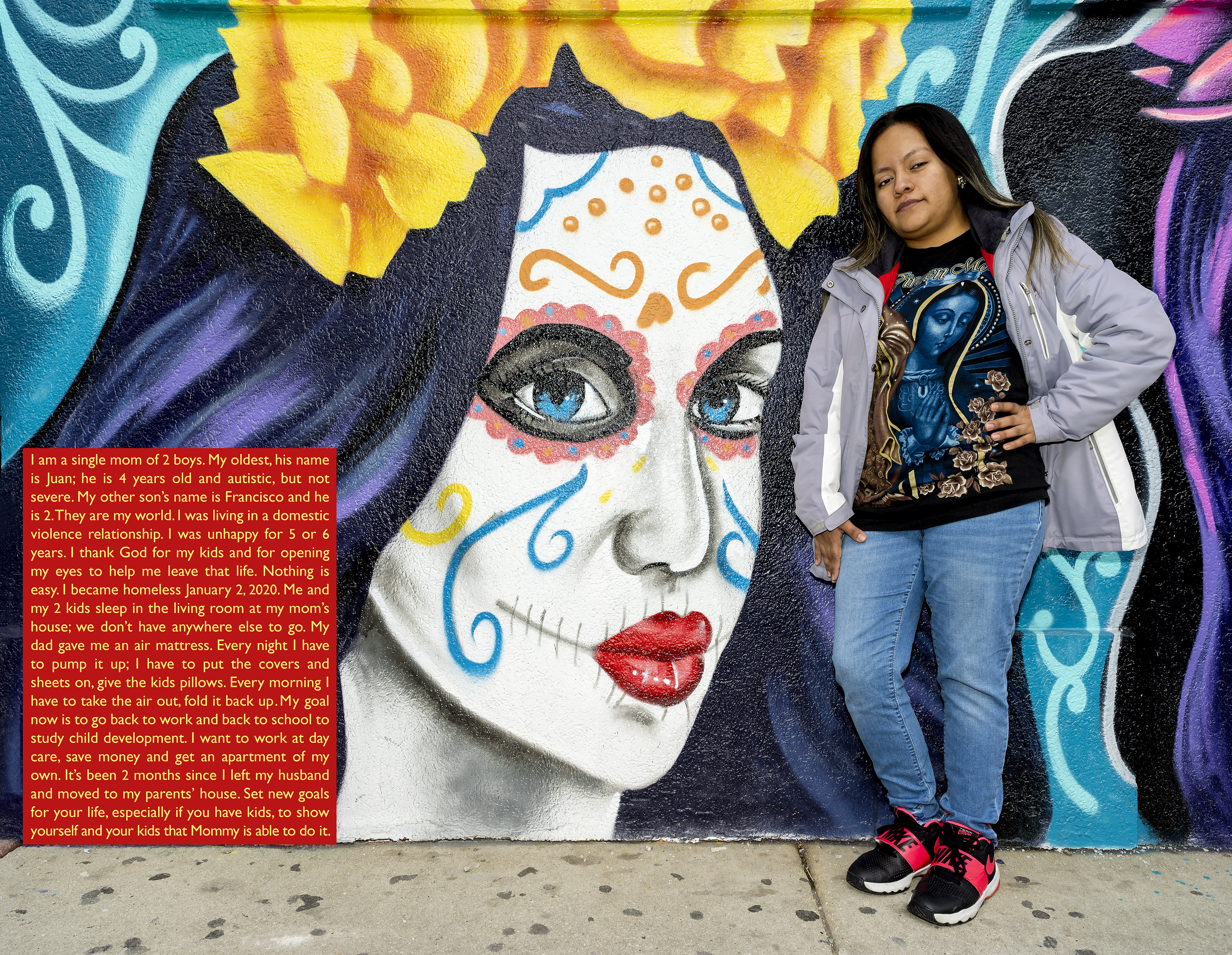
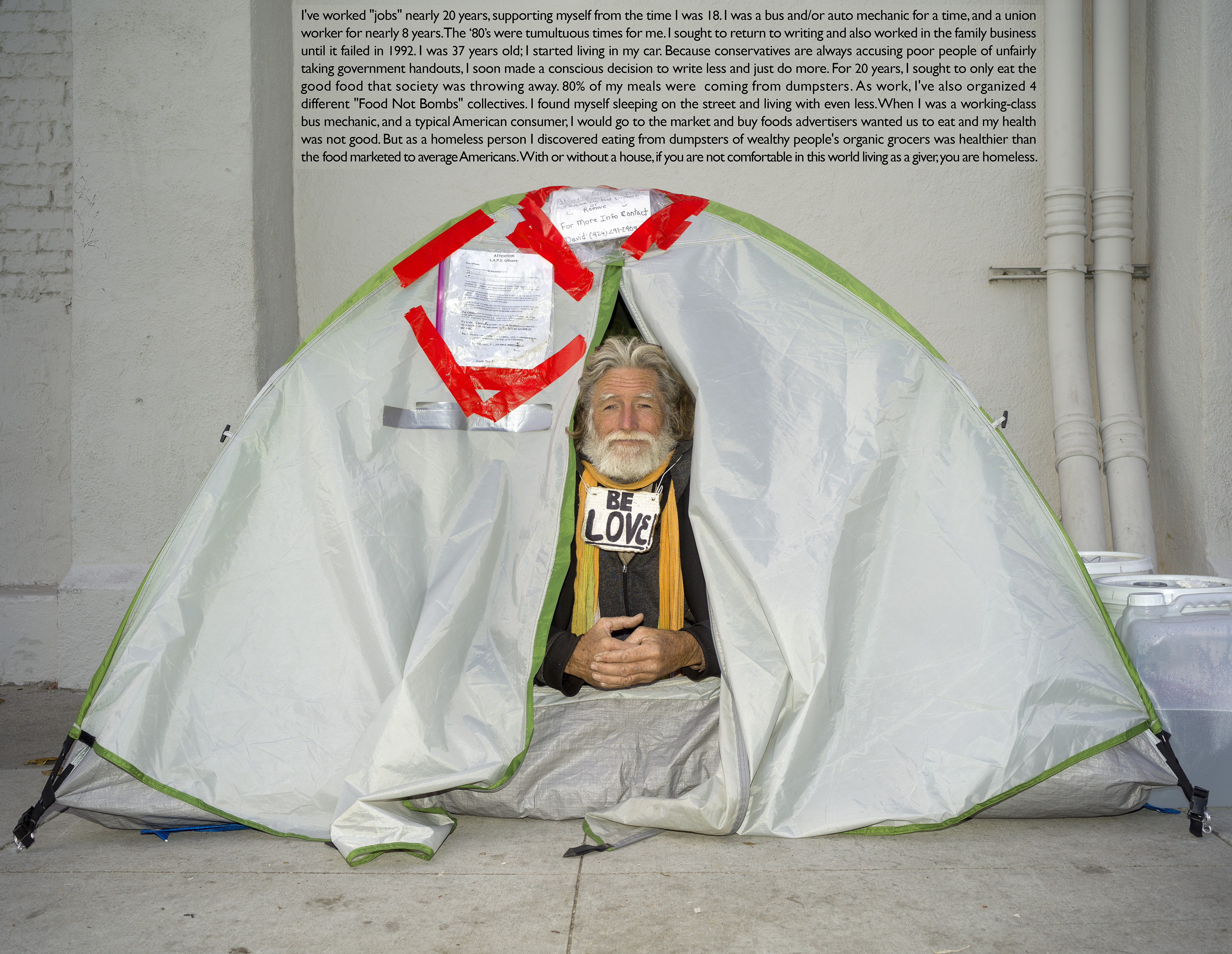
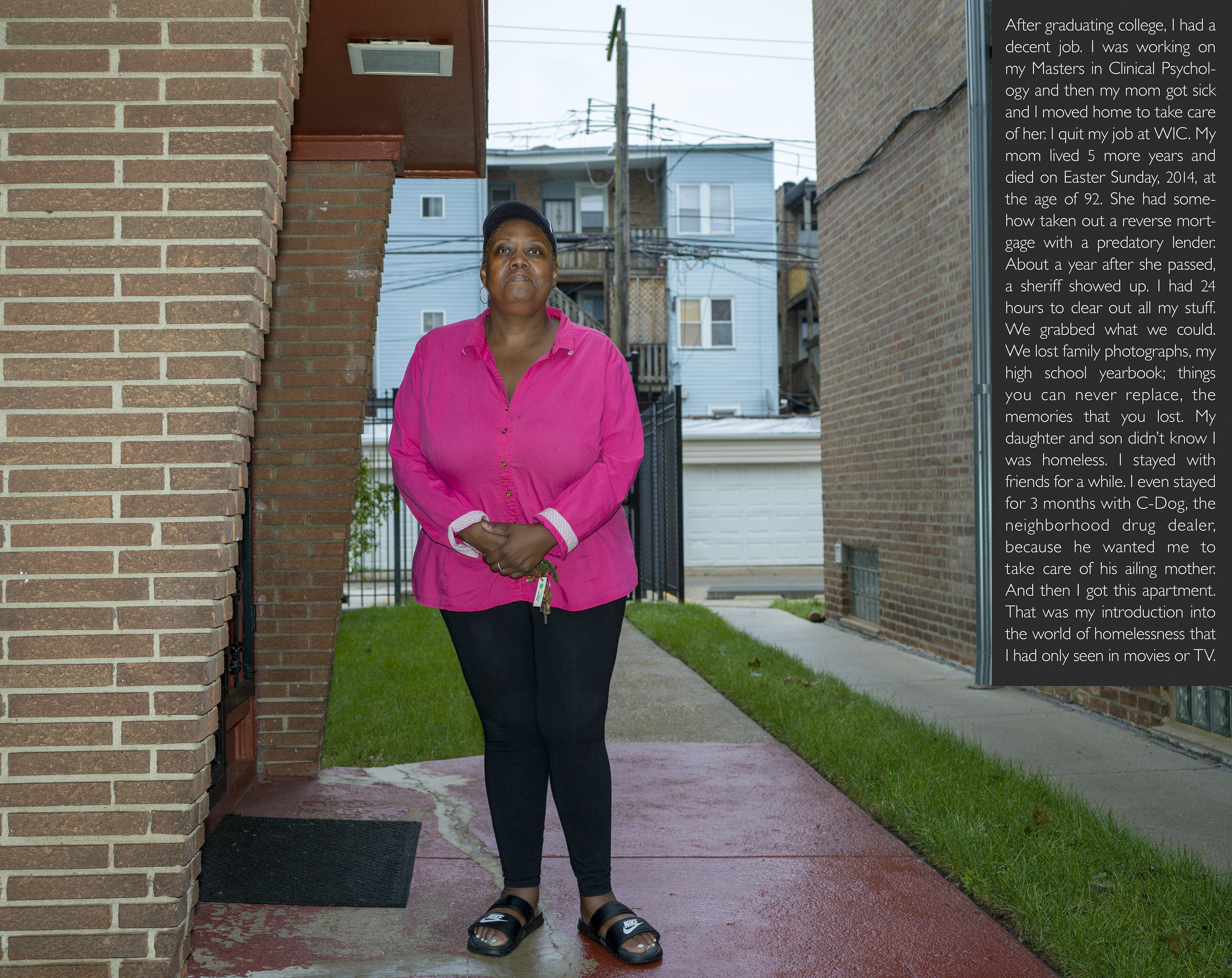
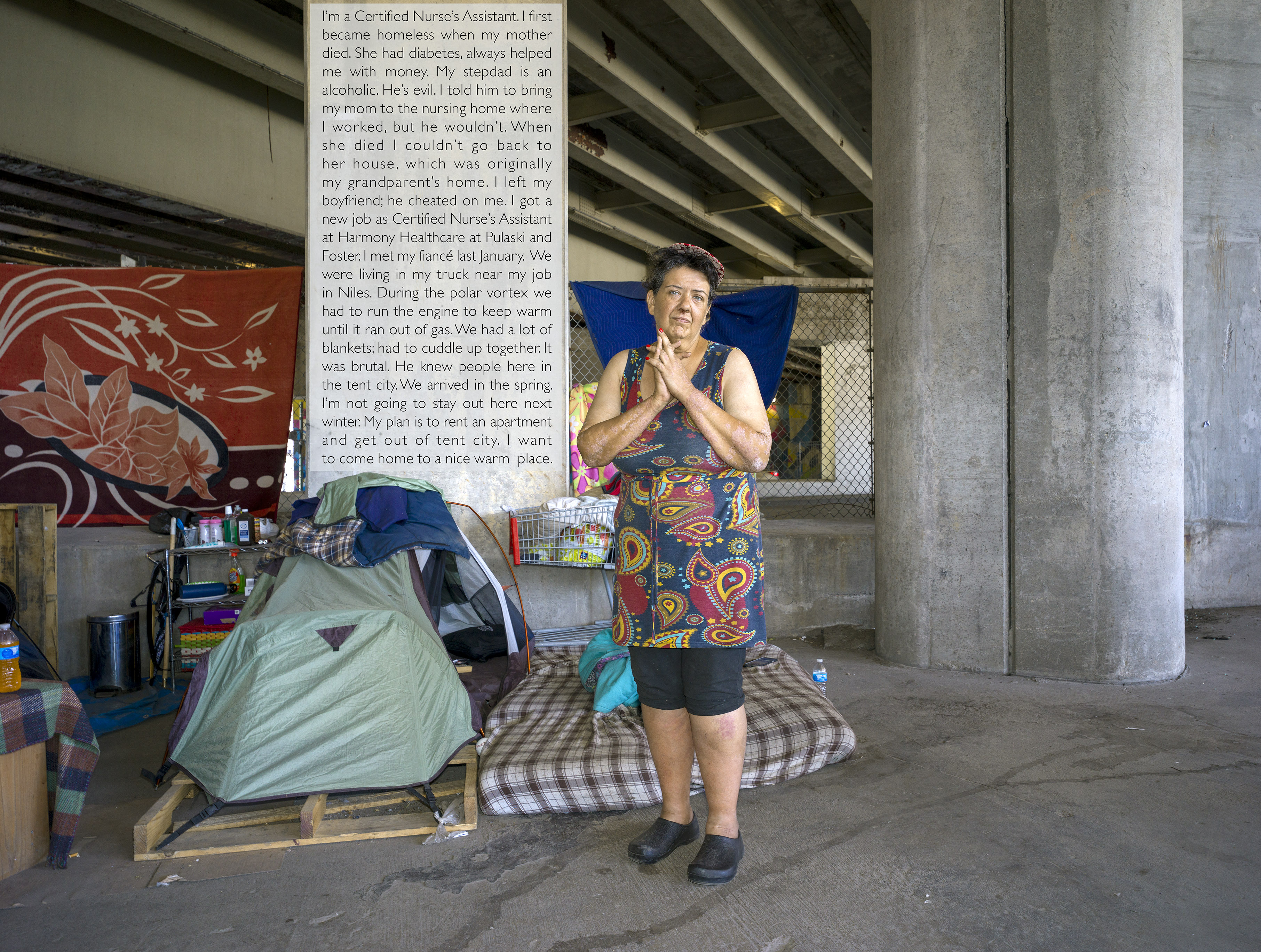
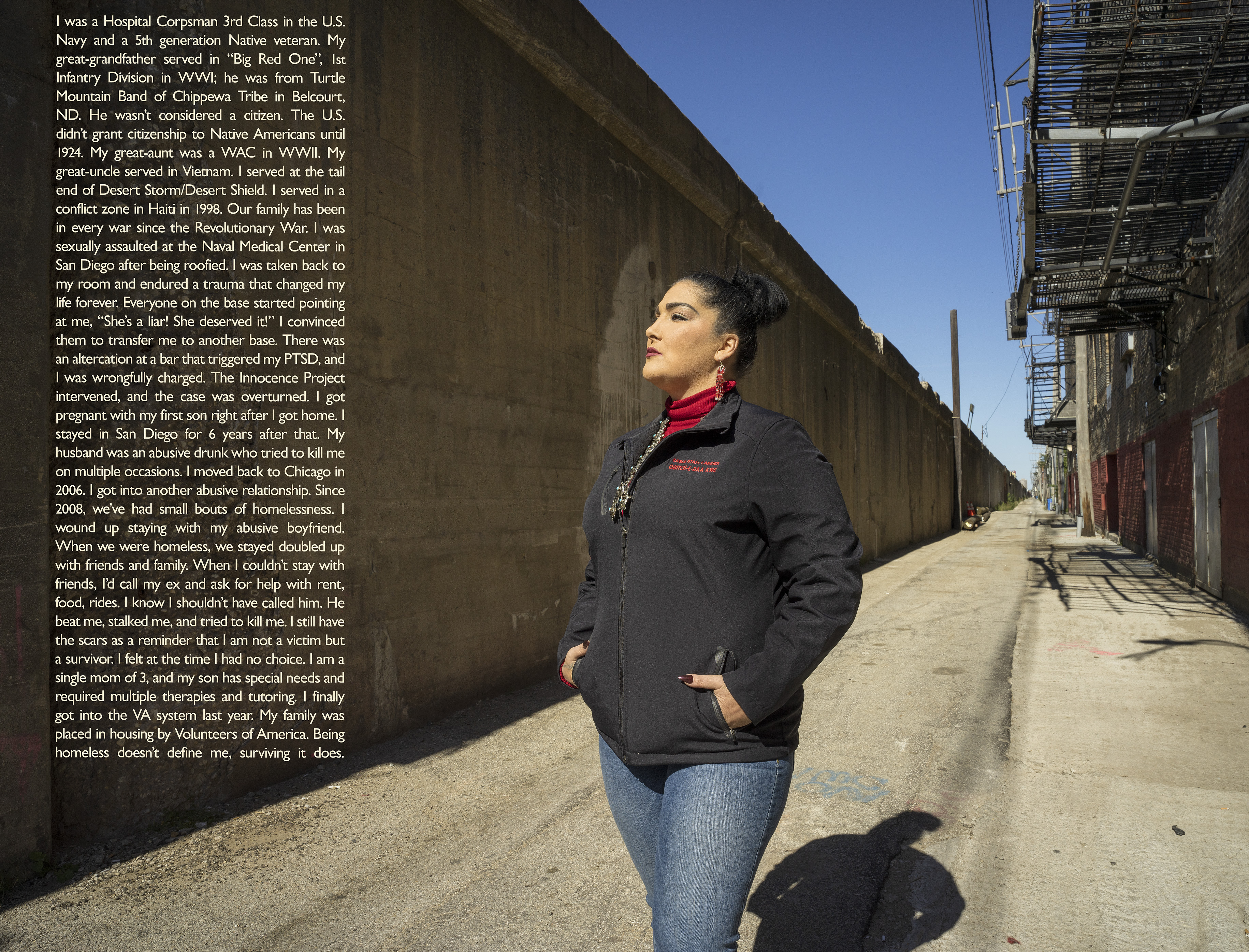
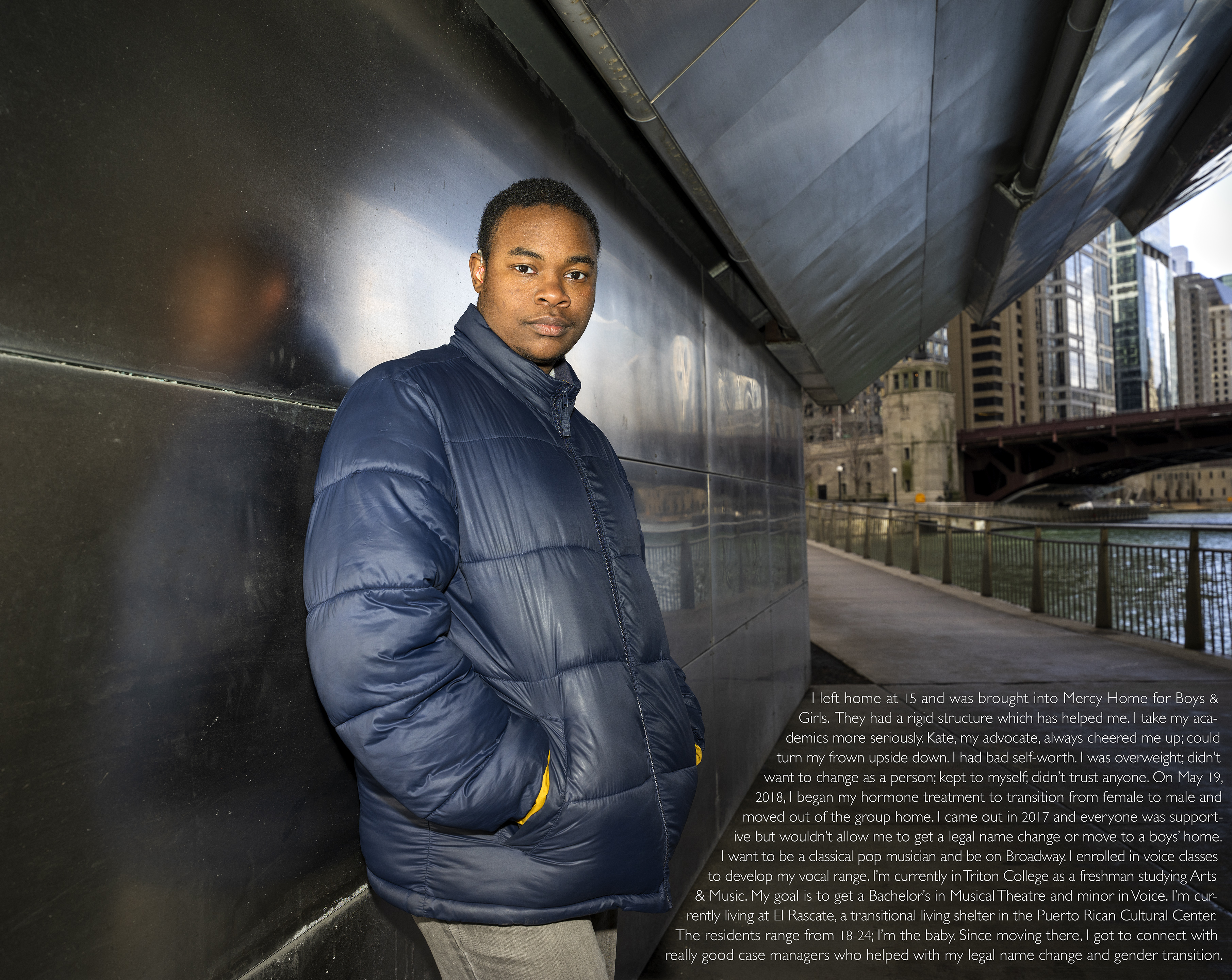
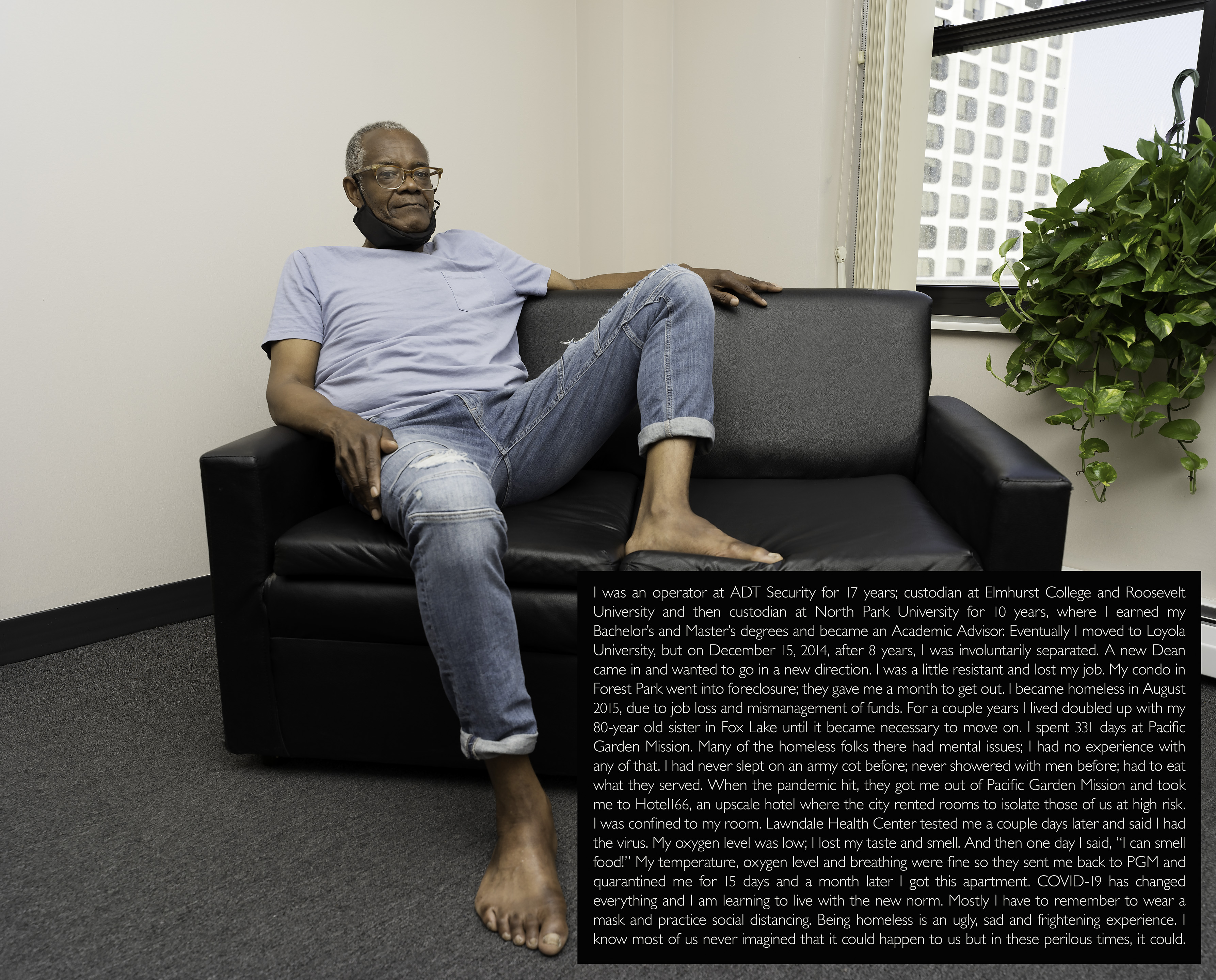
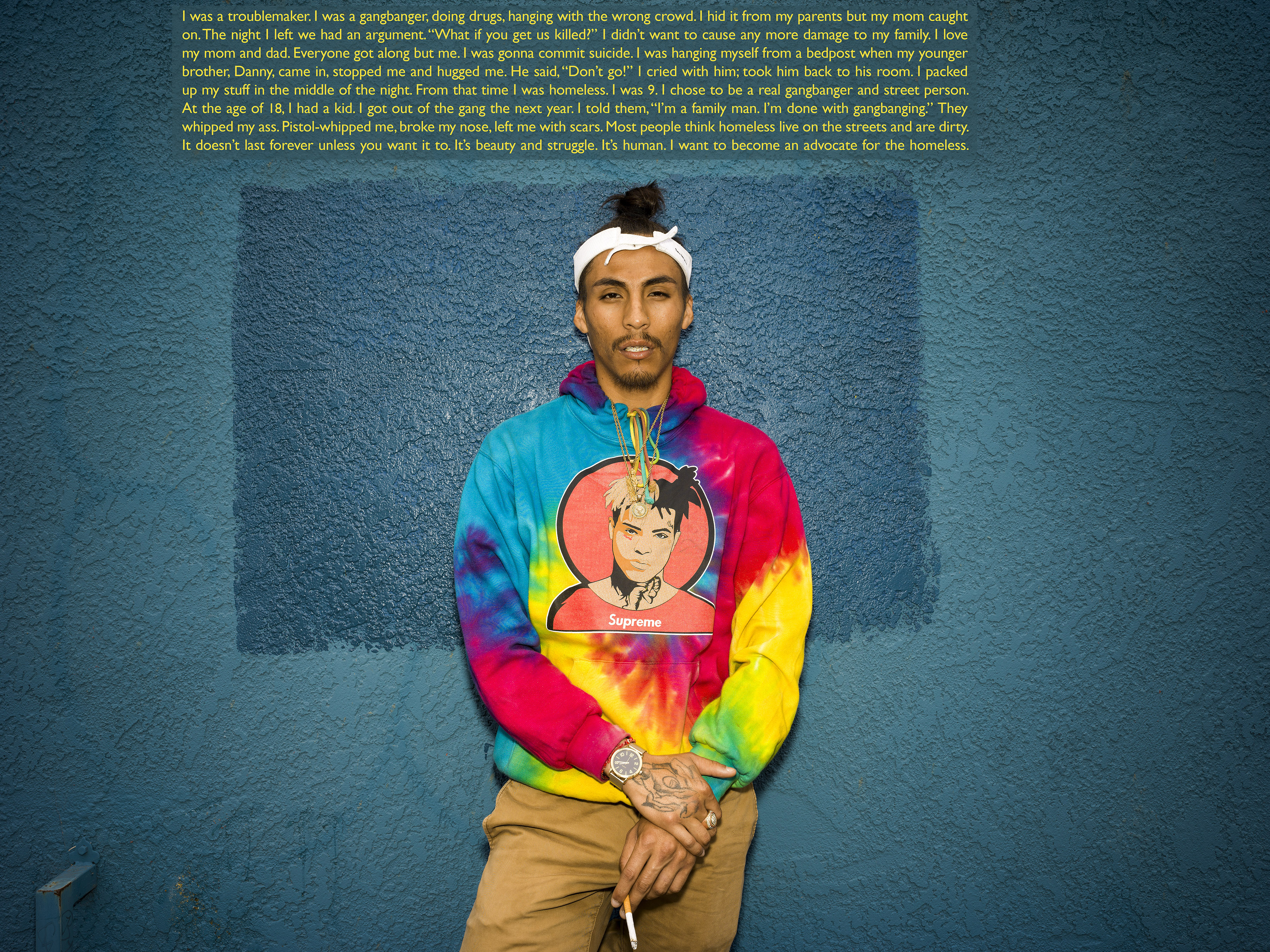
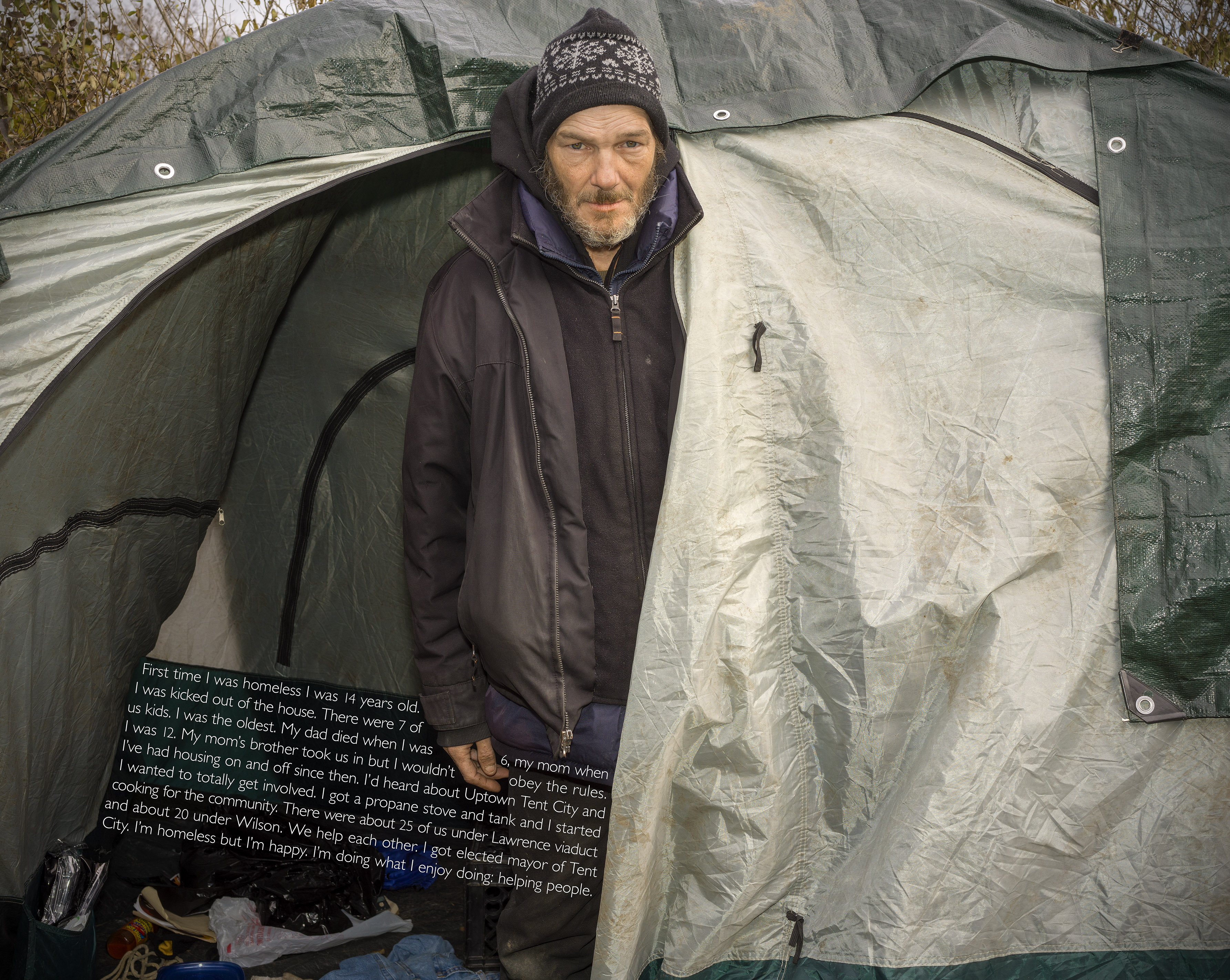
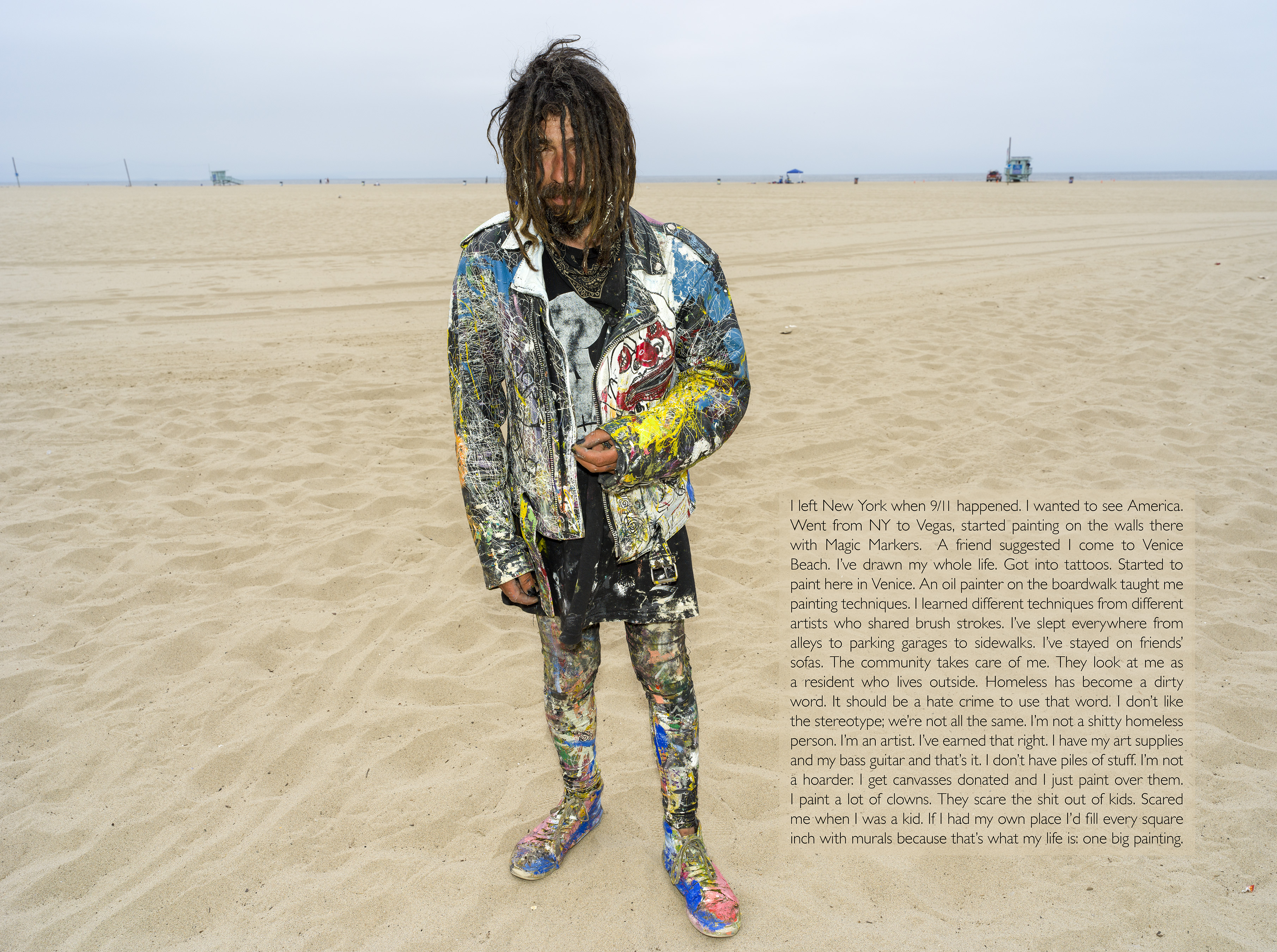
Past Portfolio
Jeffrey Wolin began photographing Pigeon Hill–known simply as “the hill” to its residents at the Crestmont Housing Project in Bloomington, Indiana–after reading about the grisly murder of resident and former Indiana University graduate student Ellen Marks. Pigeon Hill, a mere five blocks wide and three blocks deep on the west side of Bloomington, was long known for its dangerous reputation of being an area rampant in poverty, crime, and substance abuse. Through slowly gaining the trust of the community, and with help from a Guggenheim Fellowship, Wolin photographed individuals and families that lived in the area from 1987-1991, when a conversation on welfare reform was simultaneously under way.
After recognizing a woman he photographed on Pigeon Hill in a story about her murder on the front page of Bloomington’s local paper in 2010, Wolin began thinking about what happened to the other residents he photographed 19 years earlier. Pigeon Hill: Then and Now (2011-2013) chronicles Wolin’s project of revisiting and re-photographing these individuals whose life stories he has handwritten on the images, a technique Wolin has used throughout his career. In the 26 years since Wolin began his Pigeon Hill project, some of his subjects have become caught in a cycle of crime and delinquency, such as Timmy (Timothy Babbs, Wabash Valley Correctional Facility, 2012) others remark on improvements in their lives and reflect on the plans they had as children to escape Pigeon Hill in hopes of something better.

